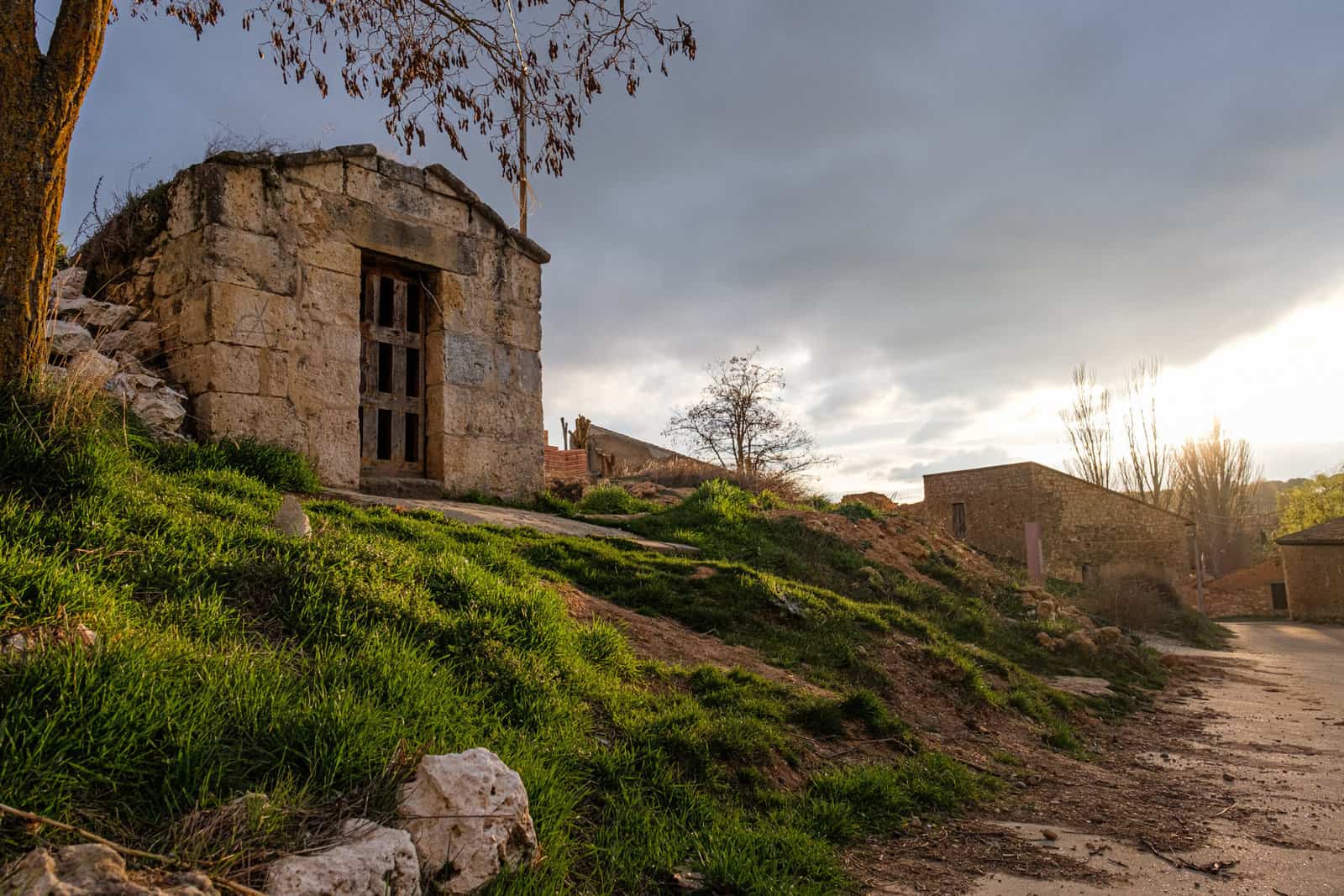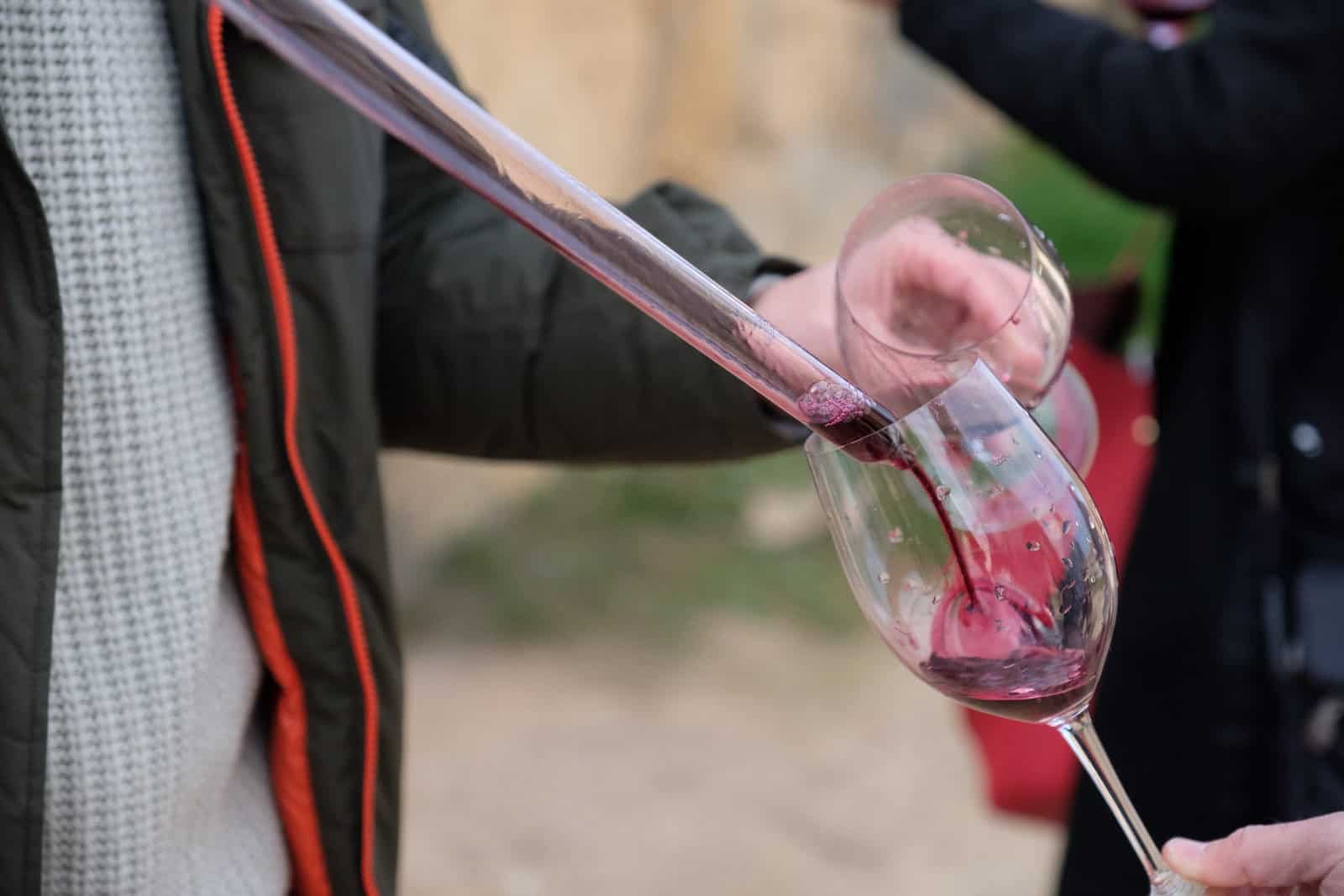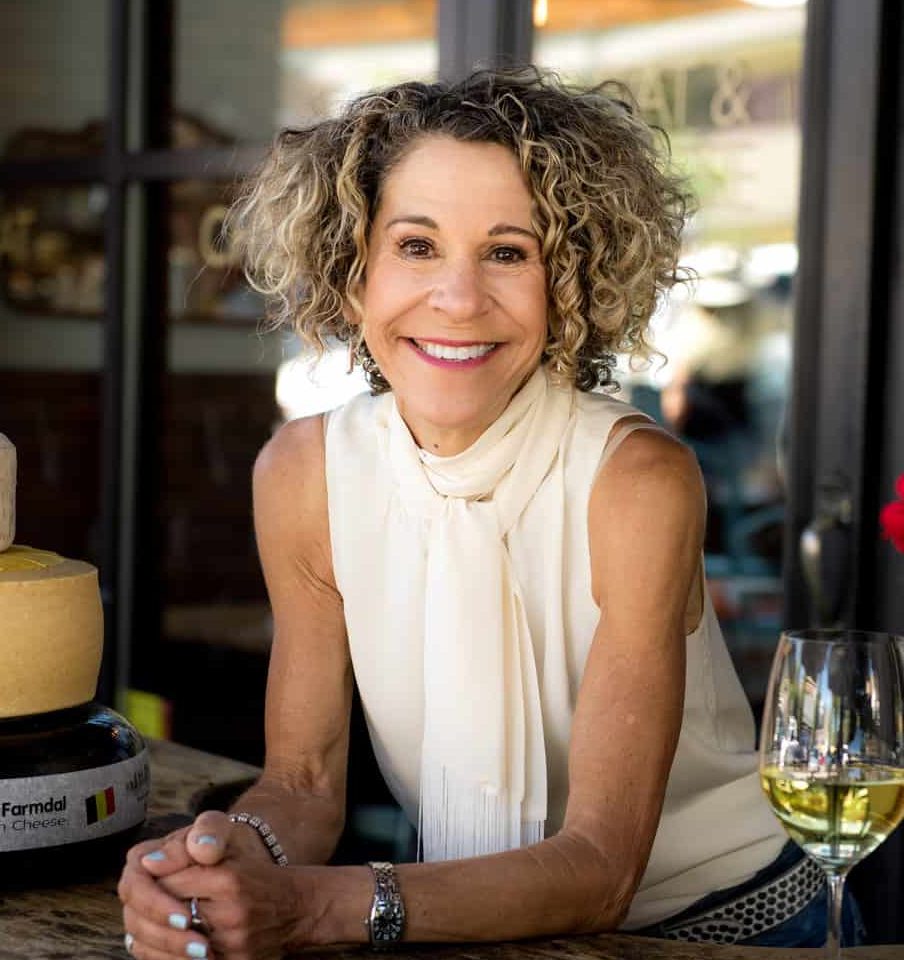
“Diligence is the mother of good fortune” – Chapter XLIII, Part II, Miguel de Cervantes
This quote from Castilla y León’s most famous author could be applied to many things, but perhaps no more so than to the wine region of Ribera del Duero, an area two hours north of Madrid. Located within Castilla y León – Spain’s largest autonomous region – it is home to more than 300 wineries and 2,300 brands, all of which have an almost singular focus: tempranillo.
Usually referred to in these parts as Tinto Fino or Tinta del Pais to distinguish it from other nearby tempranillos as well as to highlight the uniqueness of the Ribera del Duero’s unique influence on the grape’s characteristics, the thick-skinned grape is grown in a place of extremes – extreme temperatures, rocky terrain, and high altitudes. Despite these inherent challenges, the reward in Cervantes’s assertion explains why winemakers have chosen to practice their craft here: breathtaking results.
Ribera del Duero translates to the riverbanks of the Duero – the river that cuts a 70 mile path (110 km) path through the region, lending diverse soils and an ever-so-slight moderating effect on the climate. It is a place where castles (“castillos”) dominate the landscape and with those, a reminder of the history that informs not just the winegrowing here but also the importance of the region to the development of the entire country of Spain.


A complex past
As with most countries that have been around for thousands of years, Spain has a storied history. Castilla y León plays a significant role in that. The Romans ruled the country before the fall of the Roman Empire. The Moors – Muslims from North Africa – moved in and were mostly in control for a few hundred years. But their Islamist beliefs were at odds with the Christianity of the ruling kings, and conflict followed. Not until the 15th century could the Spaniards claim Spain as their own once and for all.
To this end, the castles of the region served a very real purpose – to defend against any would-be invaders. Today, they lend architectural beauty to the landscape and attract visitors the world over. Of particular note is Peñafiel, a castle in the Valladolid province – one of four winegrowing regions in the Ribera del Duero. This impressive fortress is more than 650 feet (200m) long.
Wine is part of the history here too having been produced for well over 2,000 years. It took a few hundred more years before relatively advanced winemaking techniques would be introduced by the Benedictine monks in the 12th century, but those developments ultimately set the stage for Ribera del Duero to gain Denomination of Origin status in 1982. What has followed is a reputation as one of the great wine regions of the world.
A regal grape
For good reason, Tinto Fino (aka Tempranillo) remains king in Ribera del Duero. Unlike other Tempranillos, Tinto Fino is a darker, more tannic version of its counterparts. Also, because many of the Ribera del Duero vines have been around for decades, they have managed to adapt to the short growing season and develop their fruit relatively quickly. The result is complex wines with balanced acidity, a backbone of tannins, dark fruit, and sturdy structure.
Here, grapes from different plots are typically hand-picked and fermented separately, so winemakers can control the process and understand the best way to make wine from each parcel. While organic viticulture is becoming increasingly popular throughout the wine world, many growers in the region have always farmed organically. In Ribera del Duero, sustainability is not a trend. It’s a tradition.
This is just part of what lends Ribera del Duero wines their reputation. Spain’s most expensive wines come from this region and because of that, the bar is high for producers at all levels to create exceptional wines with equally exceptional value. This translates to wines that can be equally at home on the everyday table as they are on the most exclusive ones. When you have a wine region that is as challenging to grow grapes as Ribera del Duero, the dedication by winemakers to make wines at all levels is, by definition, focused and intense – just like their wines.
Perhaps paradoxically, that intensity translates to wines that offer finesse, elegance, and luxury. All of this comes at a fraction of the price compared to other super-premium wines from world-renowned regions like Napa, Bordeaux, Burgundy and Piedmont. Ribera del Duero wines can go head-to-head with the wines from any of these regions, but fortunately for Ribera lovers, the competition stops at price. Same superior-level wines at a lower price? Score!
Beyond tempranillo
Although Tinto Fino gets the lion’s share of attention from winemakers in the Ribera del Duero, several other varieties of grapes also grow in these parts. Reds are mainstays like cabernet sauvignon, merlot, malbec and grenache tinto, while the best-known white grape is Albillo Mayor. Although bottled as a varietal wine, this grape is sometimes blended into red wines largely because of its rich mouthfeel. Most of the other grapes are not well known beyond the region, but they play a role in the wines that are made here including rosés.
Music and wine
The over 100-mile reach of the Ribera Del Duero encompasses four main provinces – Valladolid, Burgos, Segovia, and Soria. It is also home to myriad historical and cultural attractions. One of the most popular is the three-day music festival held every August called Sonorama Ribera. Taking place in Aranda del Duero in the heart of the Ribera del Duero, wine inevitably plays a big role in the celebration. While the musicians might take literal center stage, the regional wine is unquestionably the supporting act.
Big wine, big food
Even a world-class wine region needs great food to go with it. Luckily, the thousands of sheep in the region help answer the call. Here, sheep are the source of two of the regional culinary mainstays – roast baby lamb called Lechazo — and sheep’s milk cheeses. Lechazo could be called a “destination dish” in that people come to Ribera del Duero just for the local version. It is no accident that it has DO designation just like its regional wine match. Part of the delicacy comes from the fact the lamb used for the dish must have only lived on its mother’s milk; it must be no more than 25 pounds, and it must be no more than five weeks old.
Both foods are natural pairings with Tinto Fino. So too the mushrooms, local sausages, soups, breads and other hearty foods of the region. No matter what part of the world, if you combine anything barbecued and Tinto Fino, you’ll be a happy camper. More accurately, given the elegance of these wines, you’ll be a happy glamper.




